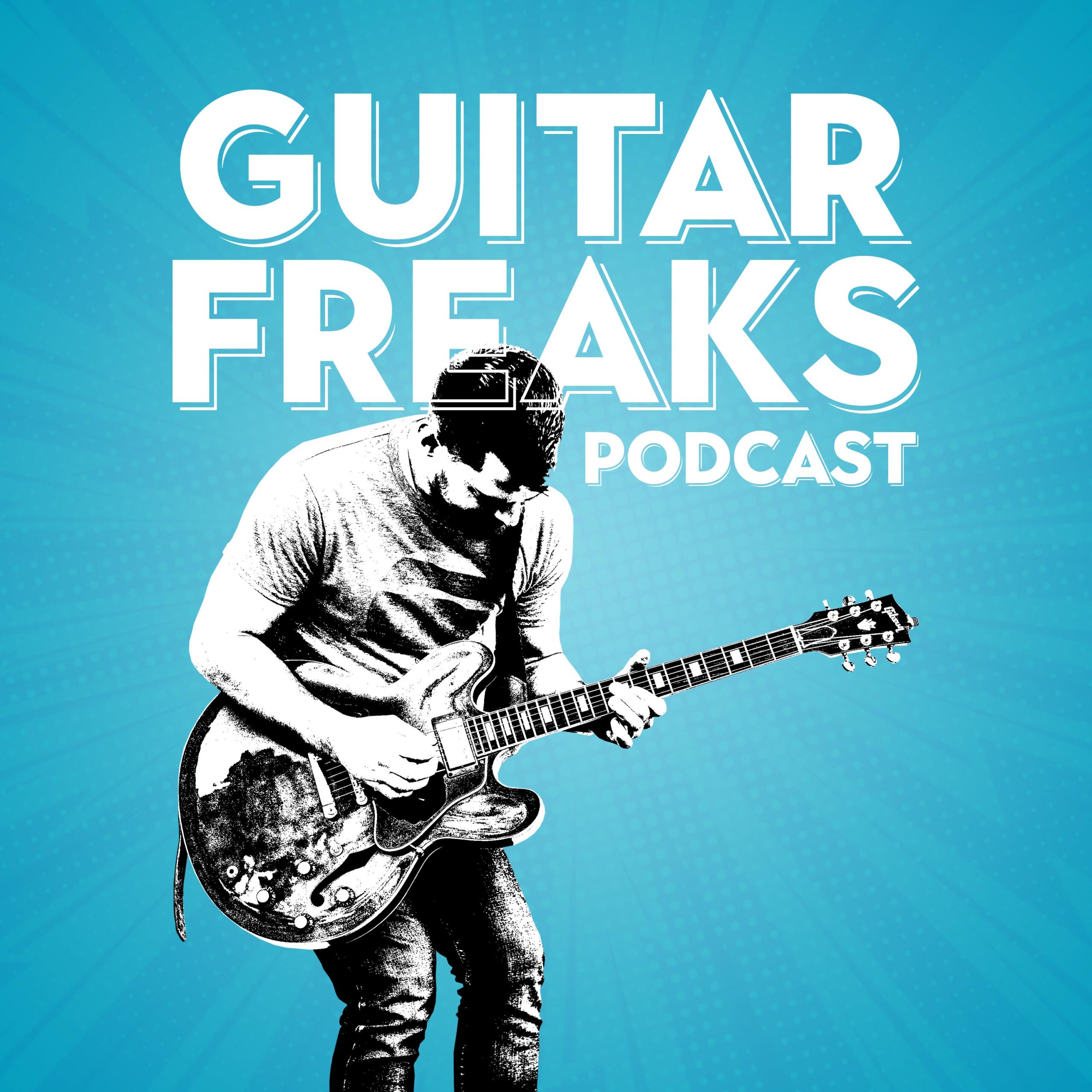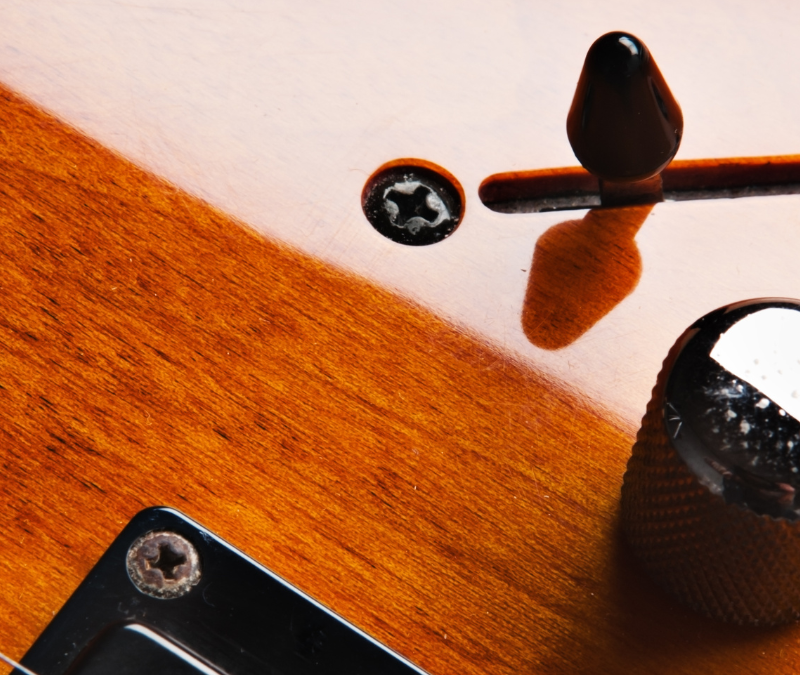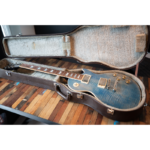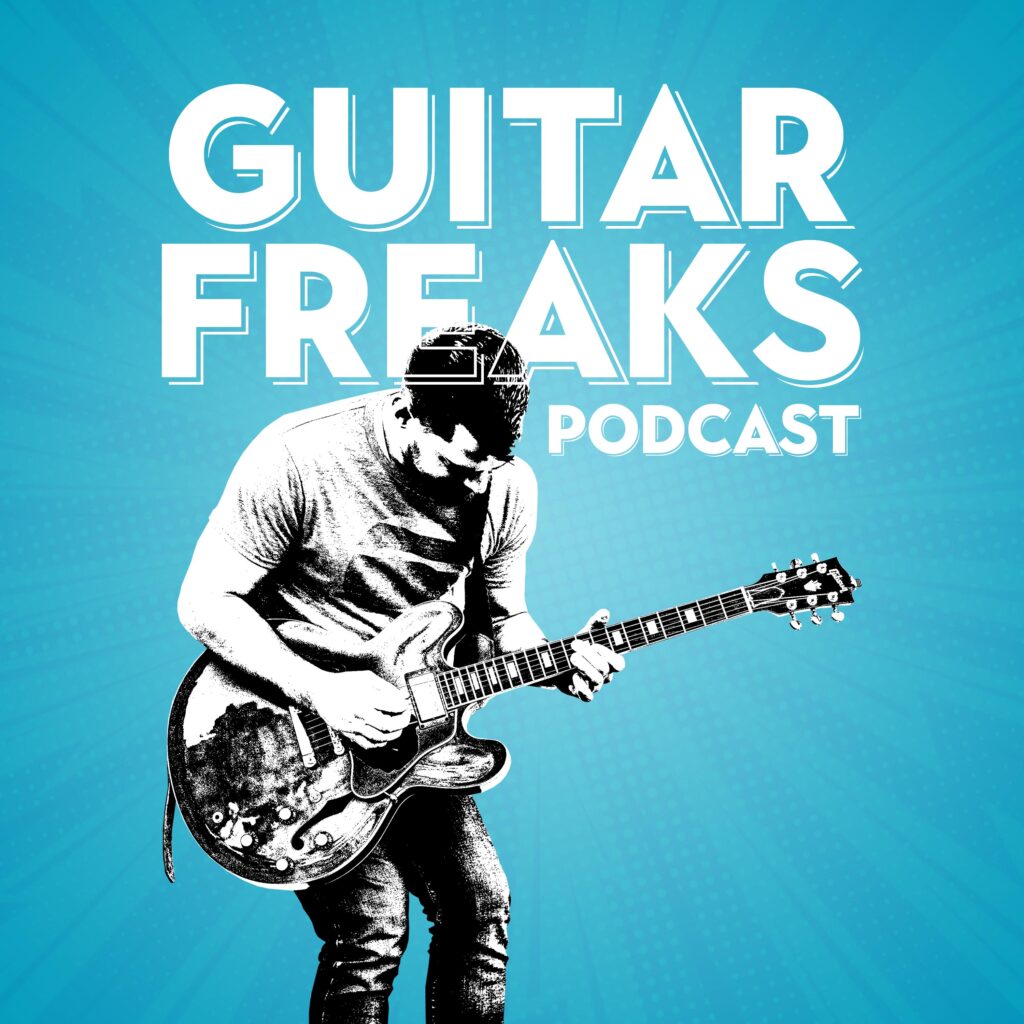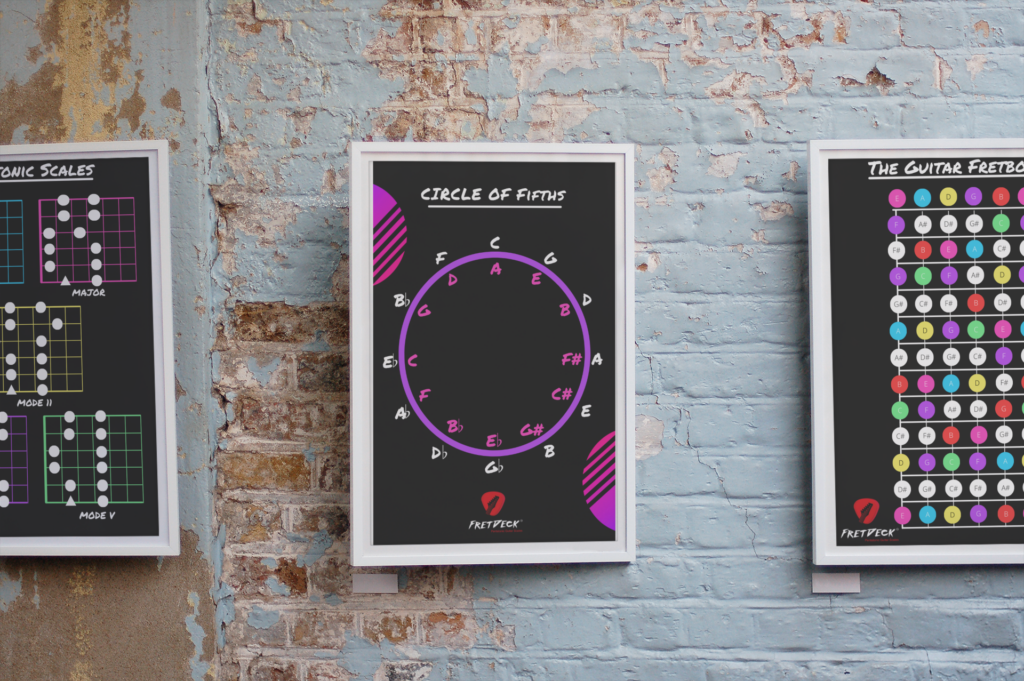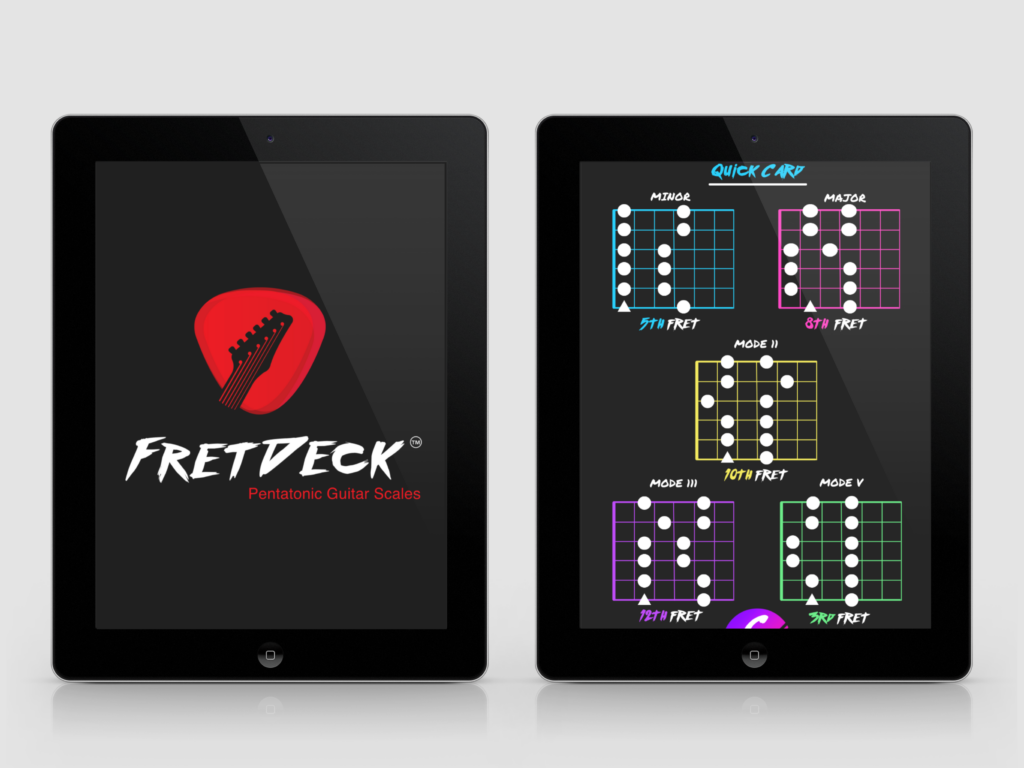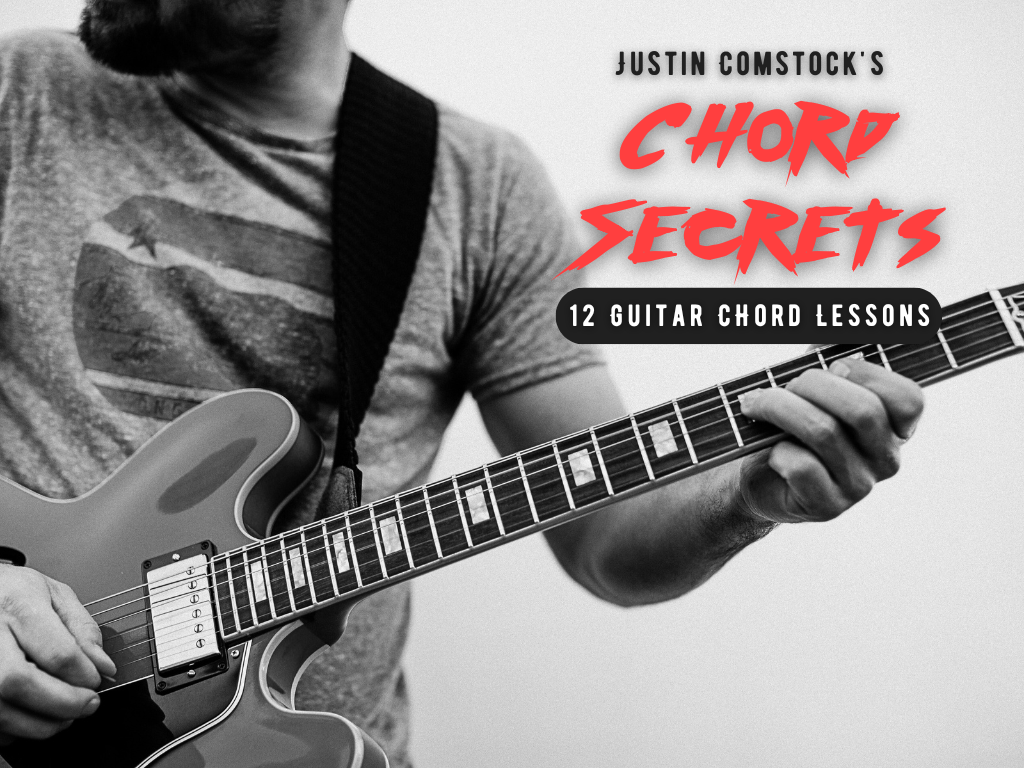Most guitarists learn open chords and a few barre chords, then hit a wall. Their playing sounds stiff, they struggle to play with other musicians, and every progression feels the same.
But here’s the thing—great guitarists don’t just play chords. They understand how to unlock the fretboard using chord inversions.
What are guitar chord inversions? They’re different ways to play the same chord, shifting the order of the notes to create new textures and smoother transitions.
In this guide, I’ll show you:
✔ What chord inversions are and why they matter
✔ How to play chord inversions all over the fretboard
✔ How to use inversions to improve your rhythm playing and songwriting
✔ How pros like Hendrix, Clapton, and jazz greats use inversions
✔ How to apply inversions using FretDeck (a tool designed to help guitarists learn faster)
By the end of this article, you won’t just know inversions—you’ll know how to use them to level up your guitar playing instantly.
Let’s dive in. 🎸🔥
What Are Guitar Chord Inversions?
A chord inversion is when you rearrange the order of the notes in a chord. Instead of always playing the root note as the lowest note, you can put the third or fifth of the chord in the bass, creating a new voicing that adds movement and variety to your playing.
Here’s a quick example using C major:
- Root position: C – E – G (C in the bass)
- First inversion: E – G – C (E in the bass)
- Second inversion: G – C – E (G in the bass)
Each of these chords sounds slightly different, even though they all function as C major.
🎸 Why This Matters:
✔ Inversions create smoother transitions between chords.
✔ They make simple progressions sound more sophisticated.
✔ They unlock the fretboard, helping you break out of boxed-in chord shapes.
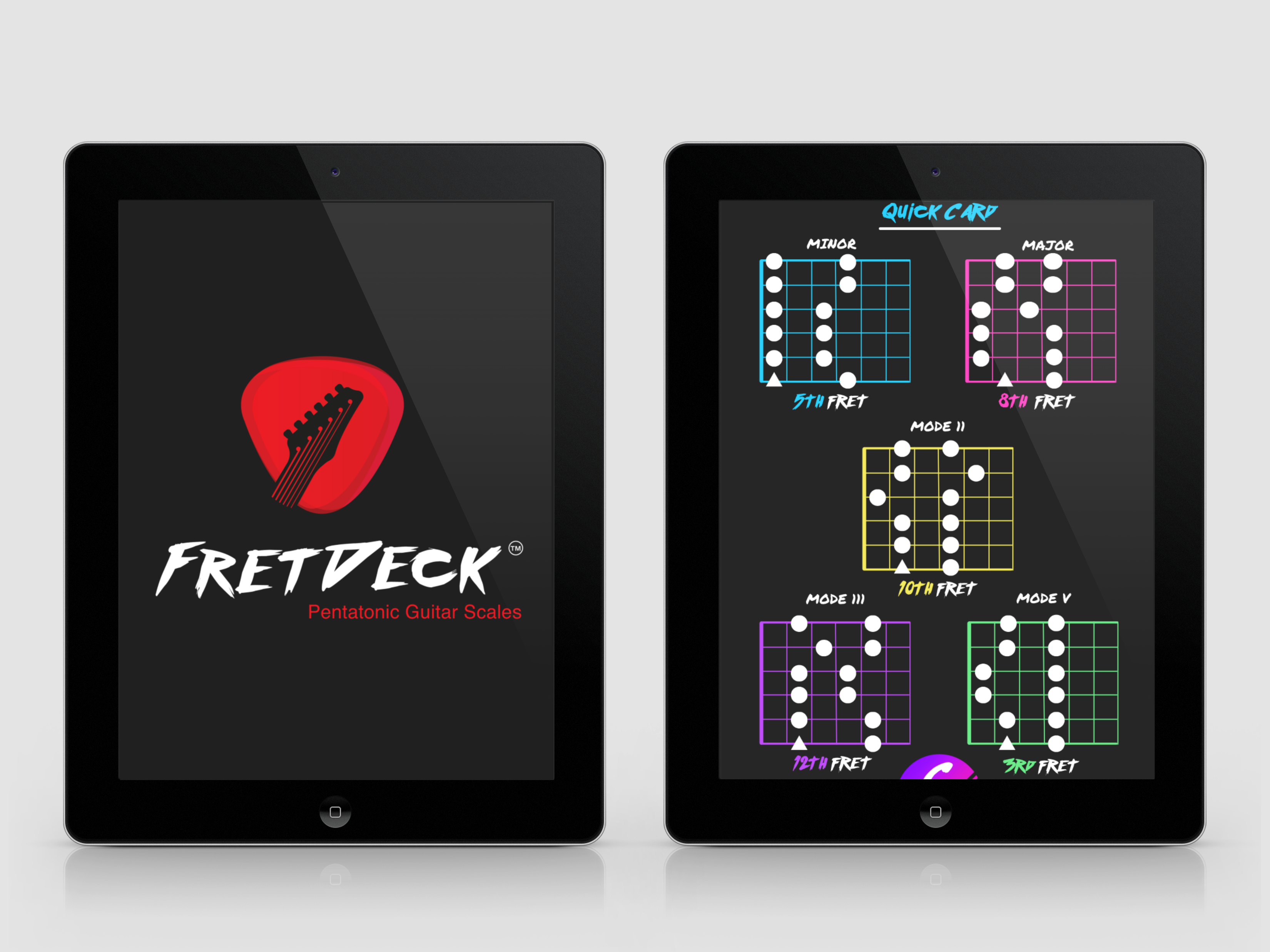
Download The FretDeck & Pentatonic Secrets Course!
Download Our Course
How to Play Guitar Chord Inversions
Let’s apply this concept to real guitar voicings.
Major Chord Inversions (Example: C Major)
Here’s how to play C major inversions across the fretboard:
Root Position (Standard C Major)
e|----0----|
B|----1----|
G|----0----|
D|----2----|
A|----3----|
E|---------|
This is your standard open C major chord, with the root (C) in the bass.
First Inversion (C/E) – E in the Bass
e|----0----|
B|----1----|
G|----0----|
D|----2----|
A|----3----|
E|---------|
This version still looks like a regular C chord, but emphasizing E in the bass creates a different feel.
Second Inversion (C/G) – G in the Bass
luaCopyEdite|----3----|
B|----5----|
G|----5----|
D|----5----|
A|----3----|
E|---------|
This shape is higher up the neck and creates a fuller, more ringing sound.
🎯 Pro Tip: Move these shapes up and down the neck to create variations on any major chord.
Minor Chord Inversions (Example: A Minor)
Just like major chords, minor chords have inversions that add movement and variation.
Root Position (A Minor)
e|----0----|
B|----1----|
G|----2----|
D|----2----|
A|----0----|
E|---------|
This is the standard open A minor chord.
First Inversion (Am/C) – C in the Bass
e|----5----|
B|----5----|
G|----5----|
D|----5----|
A|----3----|
E|---------|
This version creates a warmer, slightly melancholic feel.
Second Inversion (Am/E) – E in the Bass
e|----0----|
B|----1----|
G|----2----|
D|----2----|
A|----0----|
E|---------|
This variation can help connect chords smoothly in a progression.
🎯 Why This Matters:
- Inversions make your playing more dynamic.
- They make chord progressions sound unique and fresh.
- They help you break out of the “same old chord shapes.”
How to Use Guitar Chord Inversions in Music
Now that you can play inversions, let’s talk about how to use them in real music.
1. Make Chord Progressions Smoother
Instead of jumping from C to G using basic chord shapes, try using inversions to walk up or down the neck.
🎸 Example:
Instead of playing C → G → Am → F like this:
makefileCopyEditC: x32010
G: 320003
Am: x02210
F: 133211
Try using chord inversions to create a smoother flow:
makefileCopyEditC: x32010
G/B: x20033
Am: x02210
F/A: x03211
Notice how the bass notes walk down (C → B → A) instead of jumping? This is how pro guitarists make progressions sound professional.
2. Add Depth to Rhythm Guitar Playing
Many singer-songwriters and session players use inversions to add more texture without overpowering a song.
🎯 Try This Exercise:
1️⃣ Play a simple C – G – Am – F progression.
2️⃣ Play the same progression using inversions.
3️⃣ Listen to how it changes the feel of the song.
3. Play Like the Pros: How Hendrix and Clapton Used Inversions
🎸 Jimi Hendrix
Hendrix rarely played standard chords. Instead, he used inversions and embellishments to create his signature sound.
Example: In Little Wing, he plays C major inversions mixed with hammer-ons to create a flowing, expressive rhythm.
🎸 Eric Clapton
Clapton’s acoustic playing in Tears in Heaven relies heavily on inversions and moving bass lines to create emotional depth.
Lesson: If you want to sound less like a beginner and more like a pro, start using chord inversions today.
How to Learn Guitar Chord Inversions Faster with FretDeck
One of the biggest challenges in learning chord inversions is memorizing the shapes and knowing when to use them.
That’s where FretDeck comes in.
🎯 Why FretDeck Works:
✔ Learn inversions in all positions effortlessly.
✔ See how inversions connect across the neck.
✔ Memorize key patterns without frustration.
Instead of feeling stuck with the same chords, FretDeck helps you explore new possibilities.
👉 Get your FretDeck here:

Download The FretDeck & Pentatonic Secrets Course!
Download Our Course
Join Our Guitar Freaks Discord – Learn, Jam, and Get Feedback
🎸 Want to improve even faster? Join a community of guitarists who are learning together.
✅ Get feedback on your playing.
✅ Jam over exclusive backing tracks.
✅ Ask questions & learn in real-time.
👉 Join our Discord here:
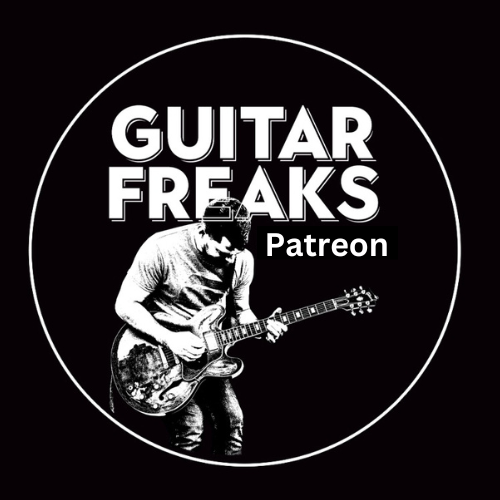
🎸 Join the Guitar Freaks Patreon!
Get SoloCraft E-Book FREE!
Join Guitar Freaks on Patreon and instantly unlock my full e-book SoloCraft—your step-by-step guide to fretboard mastery and crafting soulful solos.
New video lesson drops every Friday so you’ve always got a fresh, focused practice plan for the week.
👉 Don’t miss out—join now and grab your free copy!
Final Thoughts: Start Using Guitar Chord Inversions Today
If you want to truly unlock the fretboard, here’s your next step:
🚀 Learn basic chord inversions for major and minor chords
🎸 Use inversions to smooth out progressions
🎶 Try different voicings to add texture to your playing
🔥 Accelerate your learning with FretDeck
🤝 Join our Discord to jam & connect with others
Now grab your guitar and start exploring the endless possibilities of chord inversions! 🎸🔥
For a deeper dive into advanced guitar chord inversions, check out our article on Advanced Guitar Chords: Chord Inversions Explained. This post explores complex chord voicings and how to incorporate them into your playing.
External Resource:
To further expand your knowledge on chord inversions and their practical applications, explore TrueFire’s Guitar Chord Inversion Lessons. TrueFire offers high-quality video lessons from expert instructors, helping you unlock new chord voicings and improve your fretboard fluency.
